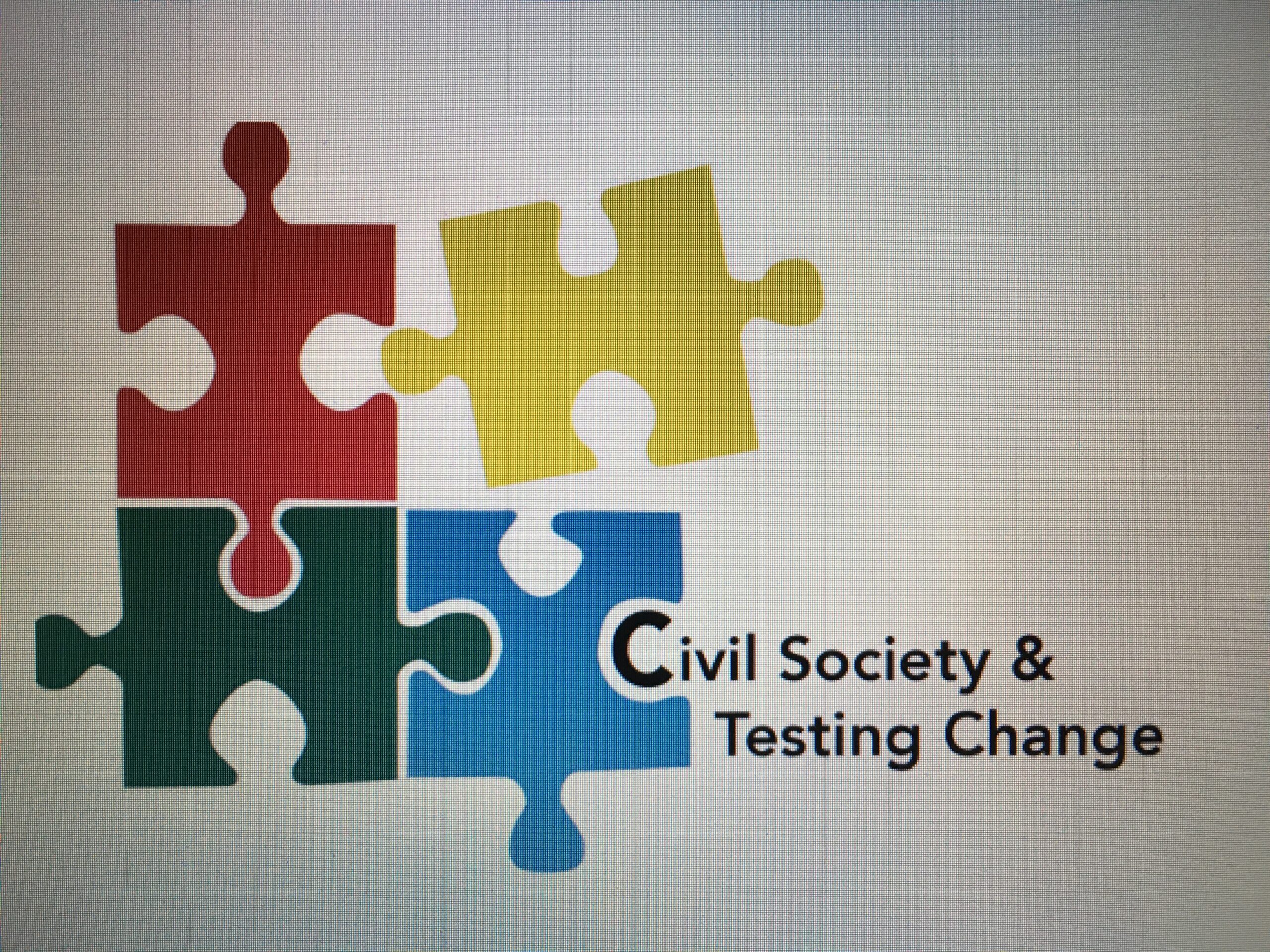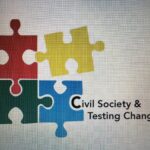The Testing Change project is a global collaboration of organizations who set out to identify and test some new operational approaches that could help organizations stay relevant. We have thus far organized three working groups (youth engagement, impact assessment and leadership) to generate and test new ideas.
Our first effort, the youth engagement focus, led by CIVICUS, started in late 2016. The first working group’s task was to generate ideas for CIVICUS to possibly test around how more effective youth engagement could be impact its work.
Through a modified design thinking process (conducted virtually) eight ideas were generated and voted on by the group. Four were sent to CIVICUS and one was chosen:
Consciously integrate youth perspectives into all products and services and the work of the organization.
CIVICUS began its testing period in the latter part of 2017. A second working group was created for this second phase of the initiative which included representatives of other groups working to implement something similar who could function as a peer learning group. These groups included representatives from Amnesty International, Choice for Youth, Nigerian Youth for SDGs, PLAN International, and Restless Development. Through their discussions some guidelines were developed, which are summarized in this infographic. We hope these guidelines will work as a starting point to help other organizations who are taking this journey. Stories and resources we collected of organizations working to engage youth in meaningful ways can be found here.
We wrote about some of the initial lessons we learned about the multi-year change process in 2018. Here are some additional reflections and stand-out items, a number of years later:
For a multi-year change process it takes time and effort to:
- Avoid falling into organizational silos and keep everyone in the organization involved.
- Determine how to assess the change and its impact on the organization’s mission.
- Keep momentum through staff and leadership changes.
- Organizing processes like this virtually is hard, but doable.
Outcomes from CIVICUS as the lead testing organization:
- Increase in visibility of youth in its strategic priorities and programming.
- Increase in visibility of CIVICUS as a resource for meaningful youth participation.
- Increase in understanding how to enhance youth resources and engagement practices (in order to make a meaningful impact).
And lessons from its lead staff Elisa Novoa:
There is a need:
- For clarity of purpose and matched expectations between youth and the organization.
- To compensate youth for their time.
- To invest in a solid foundation to forward this work.
- To create spaces for intergenerational dialogue and learning.
- Allocate adequate resources and maintain an on-going organizational commitment.
- To understand that change happens from within.
Thank you for sharing this information with others that you believe might find it useful! We are traveling new pathways and hope to keep learning together.

